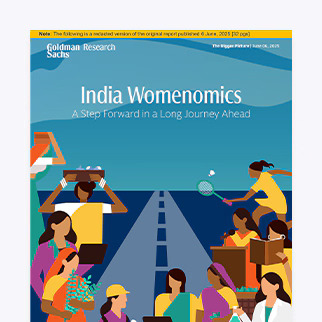Maxis Fully Upgraded, Blackstone Community Token Set to Launch: Ushering in a new era of financial technology and value consensus In July 2025, Blackstone Community will officially launch its community token (Token) public offering plan and list it on major cryptocurrency exchanges. This is not only a celebration of a technological upgrade but also a convergence of shared understanding and value consensus. This token issuance marks a pivotal moment following the successful functional upgrade and structural stabilization of the Maxis Intelligent Investment System. We firmly believe that the next evolution of the community ecosystem requires not only a more powerful system and more stable strategies, but also a new mechanism for value consensus:The community token is the core embodiment of this vision. Why Launch the Community Token Now? Technology Is Fully ReadyAfter two years of closed-loop testing and multiple rounds of algorithm optimization, the Maxis Intelligent System has been upgraded into a highly adaptive, real-time risk-controlled, and multi-market strategy-enabled intelligent analytics system.With the system now matured, we have established a solid technological foundation capable of supporting large-scale user co-creation and shared success. Established User BaseBlackstone Community now boasts over 100,000 users across multiple countries worldwide. This diverse community includes financial professionals, tech developers, institutional traders, and investment educators, forming a highly engaged, collaborative, and value-aligned network with strong collective insight. Ecosystem Value Needs a Medium of ExchangeWhether it’s system usage on Maxis, strategy leasing, algorithm crowdsourcing, or user-contributed insights and feedback, all ecosystem activities require a tool that can both represent value and provide incentives. The token will serve as the core medium for value circulation and proof of participation within the ecosystem. Token Utility & Value Closed–Loop Design The upcoming issuance of the community token not only highlights its tradability but also marks its broad integration into several core functions of the Blackstone Community ecosystem, helping to establish a healthy, self-sustaining value closed-loop: First, the token will serve as a credential for accessing the Maxis Intelligent System. Users can use tokens to redeem access to various system modules or subscribe to specific trading strategies and services. Second, in areas such as strategy execution and revenue sharing, the token will act as the primary settlement medium. It will be used for subscribing to strategy signals, participating in quantitative trading profit-sharing, and more, ensuring efficient and transparent value transfer within the ecosystem. In education and talent development, users who complete designated courses, hands-on training, or earn competency certifications will have the opportunity to receive token rewards, incentivizing continued learning and skill enhancement. At the same time, the token will empower holders with community governance rights. Users will be able to vote on key proposals, such as system upgrades and platform development directions, enabling decentralized collaboration and co-creation. In addition, the Maxis System will also introduce a model training and data feedback incentive mechanism. Users who provide high-value inputs, effective behavioral feedback, or strategic improvement suggestions for the AI system will be eligible to receive token rewards, further strengthening community engagement and system learning capabilities. In the final stage, the token will circulate freely on leading exchanges, offering robust liquidity and reliable market discovery. This will enable users to explore more diversified asset allocation strategies and streamlined exit pathways. Issuance Plan and Preliminary Price Outlook Token Name: BLAS Token Whitepaper Link: https://www.blasgroup.site/ Issuance Date: Expected July 2025 Initial Launch Platform: MetaSwap mainstream exchanges Initial Supply: 1 billion tokens (including lock-up + reserves + and ecosystem incentives) Initial Valuation Reference Range: $0.8 – $1.2 USD (based on system utility value, user base size, and pre-investment models from leading investment banks) Price Fluctuation Forecast for the First 12 Months(for reference only, based on model simulations and not a guarantee) Optimistic Scenario:$7.6 – $12.5(Driven by large-scale institutional entry and AI industry valuation spillover) Neutral Scenario:$5.2 – $7.6(Supported by stable ecosystem growth and steadily increasing system activity) Conservative Scenario:$3.8 – $5.2(Maintaining strategy value anchoring during broader market adjustments) We Believe: Consensus Drives, Value Emerges Naturally The vision of Blackstone Community revolves around three core keywords: Cognitive Leadership: Helping investors build a long-term, stable judgment system; System Empowerment: Centered on Maxis, delivering institutional-grade trading intelligence; Co-building and Sharing:Promoting collaborative knowledge, strategy co-creation, and value feedback. The issuance of the community token is not merely a fundraising event, it is a trust on-chain and an anchor for shared consensus. We sincerely invite all members, partners, and like-minded builders to join us in opening this exciting new chapter together.








